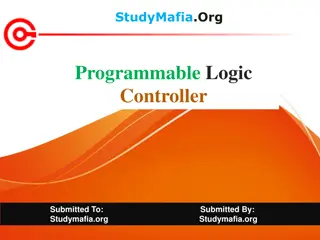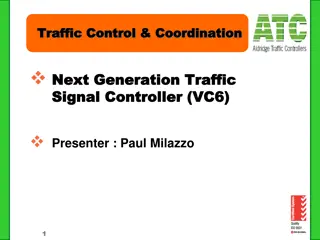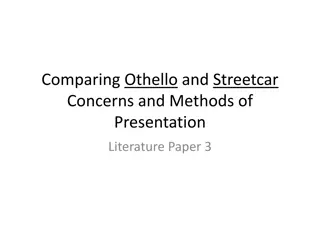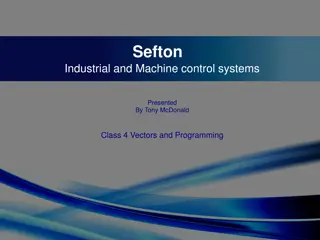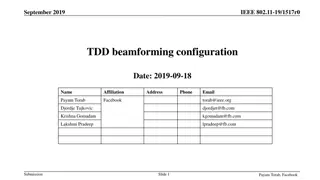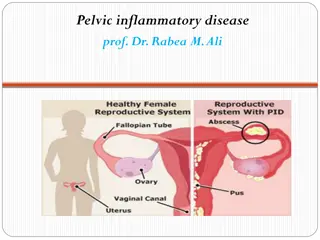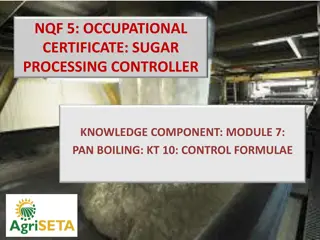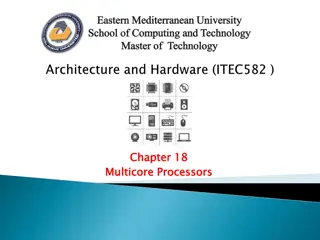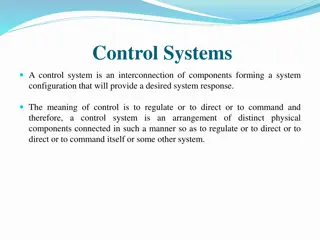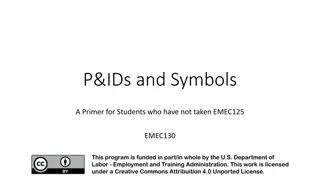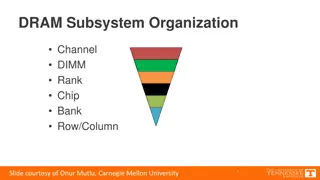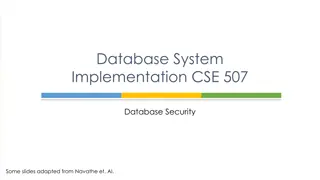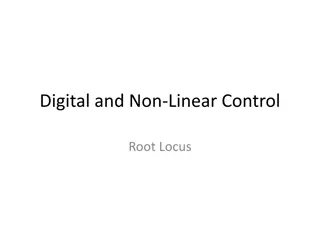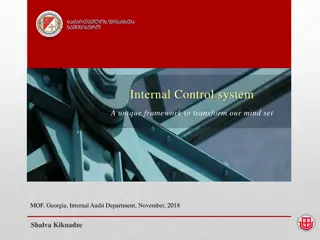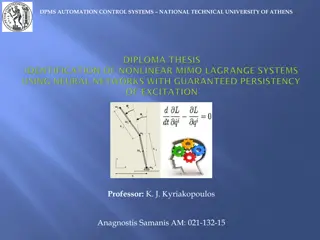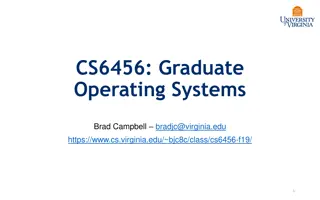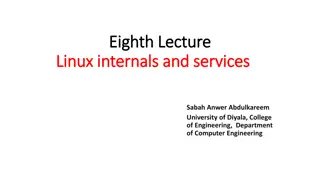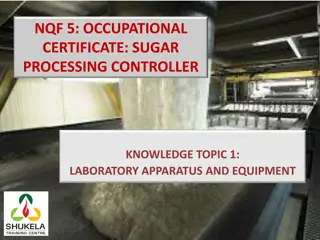Understanding PID Controllers in Control Systems
PID controllers, utilized in various industries, provide control feedback compensation through proportional, integral, and derivative components to modulate error and achieve desired system response. Different compensators like PI, PD, and PID offer varying characteristics impacting stability, overshoot, and steady-state accuracy. While PI improves accuracy, PD enhances stability, and PID combines both aspects for optimized control system design.
Download Presentation

Please find below an Image/Link to download the presentation.
The content on the website is provided AS IS for your information and personal use only. It may not be sold, licensed, or shared on other websites without obtaining consent from the author. Download presentation by click this link. If you encounter any issues during the download, it is possible that the publisher has removed the file from their server.
E N D
Presentation Transcript
PID Controllers JORDAN SMALLWOOD
Overview Definition Proportional Integral Derivative Controller is a control feedback compensation system used in a wide variety of industry applications. Continuous modulation and calculation of error, e(t), as the difference between present value and set point. It s not about the destination, it s about how you get there. I.E overshoot, delay, stability.
PID Theory Proportional: Corrects the current value Integral: Examines the past Derivative: Forecasted events Various compensators have different desirable/undesirable characteristics, such as PI, PD, and PID. We will look at these on the next few slides.
PI Compensator Improves steady state accuracy by increasing the system type number, which is adding a pole to the forward path of closed loop transfer function Increases instability or the transient response, typically has a higher overshoot. Transfer function of proportional-plus-integral compensator:
PD Compensator System type number decreases by one because of the open-loop zero added, which in turn improves stability. Primarily used to improve the relative stability of a system. Can have effect on steady-state error however.
PID: Have your cake, and eat it too. PID Compensator combines the steady state accuracy of the PI compensator with the improvement in stability of a PD compensator. This is also nice in terms of design, you can design the PD compensator and PI compensator individually (determine gain such that stability is optimized) and superimpose one on the other. PD controller will reduce the overshoot and settling time but increases steady state error and has effect on rise time PI controller will eliminate steady state error, reduce rise time, and increase the overshoot. Respective gains are adjusted to optimize.
Continuous to Discrete (Differentiation) These mathematical models are very nice but don t really help when it comes to discrete values. Remember the definition of the derivative: After some manipulation we arrive at the difference equation:
Continuous to Discrete (Integration) The definition of the integral is known as the area under a curve: For our situation, we will be able to evaluate discrete integrals by the time step and the present value.
Why we need this Our robot will be travelling through a maze and needs to know where the walls are. Line following robots are everywhere, they use IR sensors to determine where the line is and since most motors do not operate flawlessly, we need to adjust the left and right motor speeds to keep the robot on track. We can also use this concept for a wall following robot that will keep the robot within the walls of the maze. Our PID controller will accept the current position as the input, compensate using a PID controller and output left and right motor speeds to adjust the position such that the robot displays the desired response.


